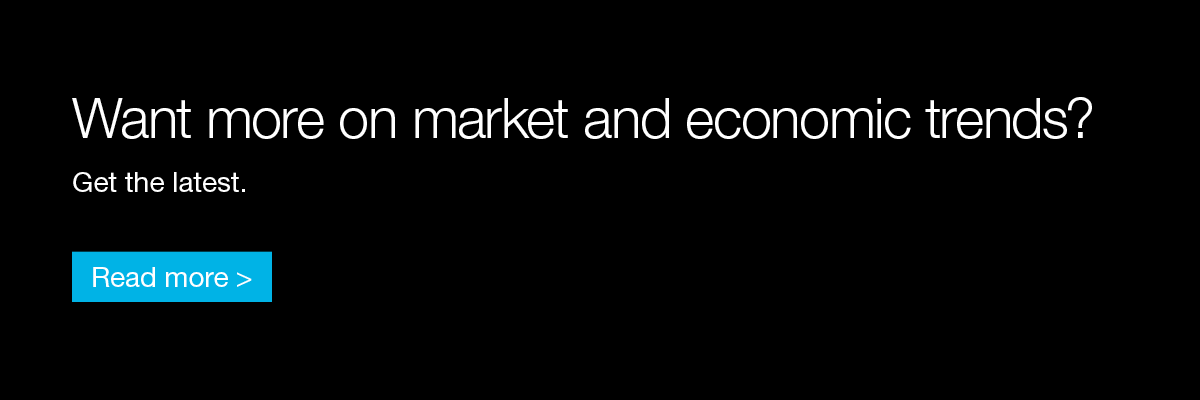by
User Not Found
| Jun 15, 2017
By Paul Horng
June 15, 2017
The Federal Reserve increased rates for the third time in six months on Wednesday, raising the federal funds rate to a range of 1.00% to 1.25%. The hike was largely telegraphed and was accompanied with additional details on plans to shrink the Federal Reserve’s balance sheet perhaps as early as the fourth quarter of this year. The date of the hike coincided with the release of the Consumer Price Index which revealed a third consecutive month of weak inflation data.
If inflation continues to run below the Federal Reserve’s target, our central bank may have to adjust its monetary policy. In her press conference, Janet Yellen, reiterated her belief that transitory factors were impacting inflation, and expected these one-off factors to subside, but did note that it was “monitoring inflation closely”. While Janet Yellen raised rates, investors placed more weight on the latest inflation report and promptly sent the 10 year U.S. Treasury bond lower, ending the day at 2.12%, the lowest level since mid-November.
While the date has not been set, additional guidance was provided around unwinding the Federal Reserve’s $4.5 trillion balance sheet. Once the process starts, a monthly maximum of $6 billion worth of Treasuries and $4 billion worth of mortgage backed securities would be allowed to mature. The cap will increase in three month intervals and would top out at $30 billion for Treasuries and $20 billion for mortgage backed securities.
In addition to the 25-basis point increase in the fed funds rate and guidance on the reduction of their balance sheet, the Federal Reserve presented their projections for future rate hikes and the U.S. economy. Fed officials modestly increased their estimate of 2017 GDP growth to 2.2% and the projection for this year’s unemployment rate was lowered to 4.3%. In addition, the core inflation estimate for this year was lowered to 1.7% but the 2018 rate of 2.0% was left untouched. Finally, three rate hikes are expected in both 2017 and 2018, leaving one more increase for later this year.
This is a fluid situation and the Federal Reserve’s policy may be impacted as new economic data is released. We will continue to monitor the environment closely to assess whether any future developments necessitate a change in investment strategy.
